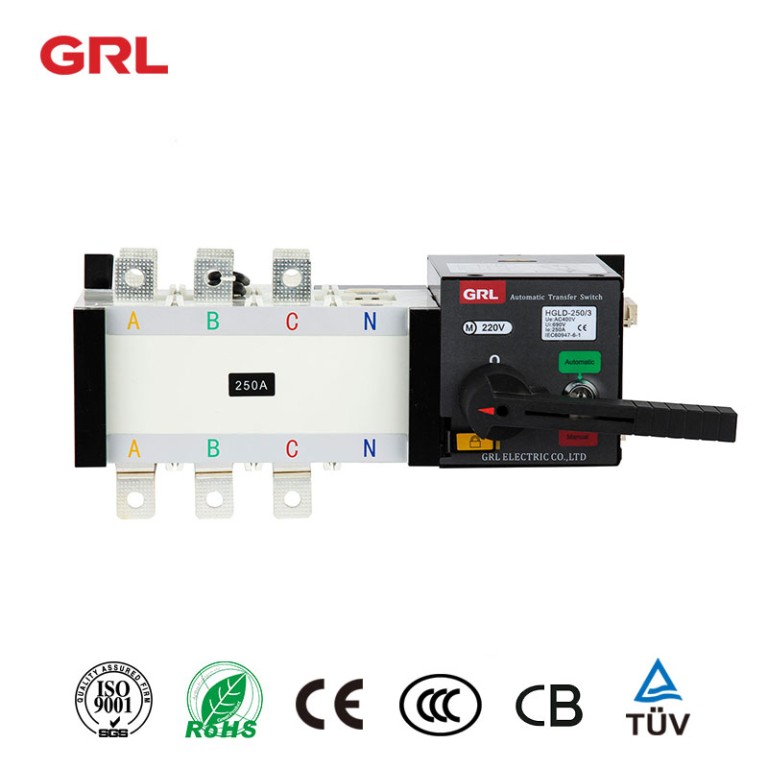
# Automatic Transfer Switch: Ensuring Uninterrupted Power Supply
## What is an Automatic Transfer Switch?
An Automatic Transfer Switch (ATS) is a critical component in power management systems that automatically transfers electrical load between primary and backup power sources. This device ensures continuous power supply by detecting power failures and swiftly switching to an alternative source, such as a generator or battery backup system.
## How Does an ATS Work?
The operation of an automatic transfer switch follows a straightforward yet efficient process:
– Monitors the primary power source continuously
– Detects power outages or voltage fluctuations
– Initiates the backup power source (if available)
– Transfers the electrical load to the backup source
– Monitors the primary source for restoration
– Returns the load to the primary source when power is stable
## Key Benefits of Automatic Transfer Switches
### 1. Seamless Power Transition
ATS units provide near-instantaneous power transfer, typically within seconds of detecting an outage. This quick response time minimizes disruptions to critical operations.
### 2. Enhanced Safety
These switches prevent dangerous backfeeding situations where electricity could flow back into utility lines, protecting both equipment and personnel.
### 3. Reduced Downtime
By automating the transfer process, ATS systems eliminate the need for manual intervention, ensuring continuous operation of essential systems.
### 4. Equipment Protection
Automatic transfer switches help safeguard sensitive electronics from power surges and fluctuations that often occur during power transitions.
## Types of Automatic Transfer Switches
Keyword: Transfer Switch
### 1. Open Transition ATS
Also known as “break-before-make” switches, these briefly interrupt power during transfer, suitable for most non-critical applications.
### 2. Closed Transition ATS
“Make-before-break” switches maintain continuous power by overlapping the connection between sources momentarily during transfer.
### 3. Delayed Transition ATS
Incorporates a programmed delay to allow motors and other inductive loads to spin down before transfer occurs.
### 4. Soft Loading Transfer Switch
Gradually transfers load to avoid sudden power demands on the backup source.
## Applications of Automatic Transfer Switches
Automatic transfer switches find use in various settings where power continuity is crucial:
– Hospitals and healthcare facilities
– Data centers and server rooms
– Industrial manufacturing plants
– Commercial buildings
– Telecommunications infrastructure
– Emergency services and public safety operations
## Choosing the Right ATS
When selecting an automatic transfer switch, consider these factors:
– Power requirements (voltage and amperage)
– Transfer time specifications
– Number of poles needed
– Environmental conditions
– Compliance with local electrical codes
– Future expansion possibilities
## Maintenance Considerations
To ensure reliable operation:
– Perform regular testing of the transfer mechanism
– Keep connections clean and tight
– Monitor for signs of wear or corrosion
– Follow manufacturer’s maintenance schedule
– Keep firmware/software updated for smart ATS units
Automatic transfer switches play a vital role in modern power infrastructure, providing the reliability and automation needed to maintain operations during power disruptions. By understanding their operation, benefits, and proper selection criteria, organizations can implement effective power continuity solutions tailored to their specific needs.